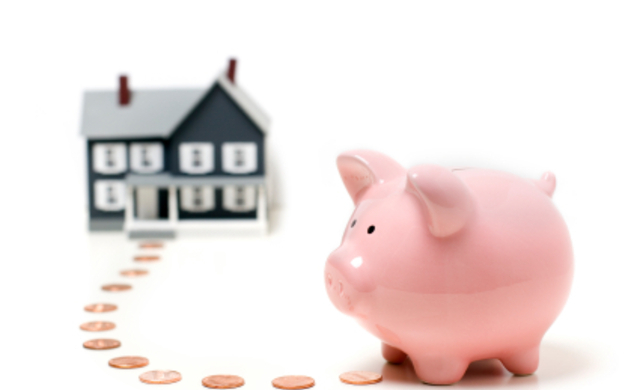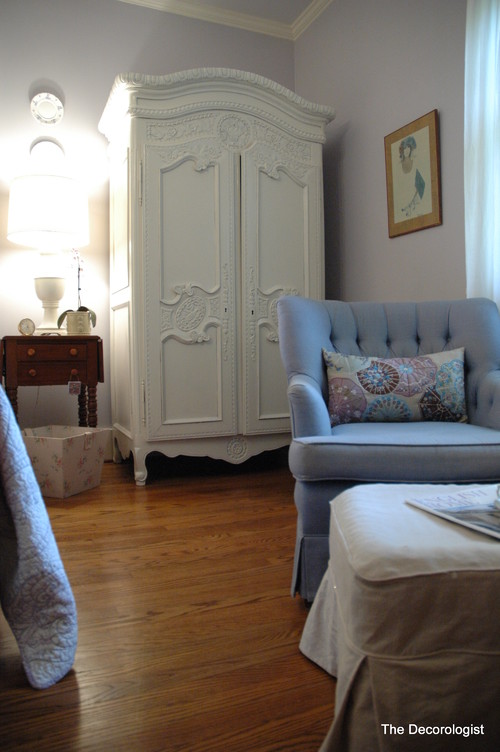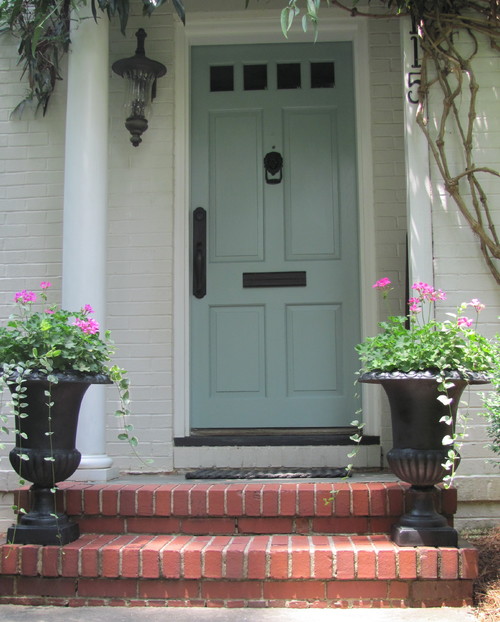Important real estate questions can often be asked quickly —”What’s the right sale price?” or “What’s the right list price?”— however, the answers may take a while. A question may be simple to ask, but the answer is usually complex because real estate is complicated.
Even when the person answering is very familiar with the subject, arriving at the “right”— best fit, complete, and accurate — answer may first require asking questions of the quick-question asker, because:
![]() Context is vital: Asking these questions is necessary to clarify location, property type, relevant ownership details, time-frames (seller and buyer), current market, and on it goes depending on what the asker wants to understand and why. For instance, has the asker just started thinking about selling, is the property already listed, or is an offer pending?
Context is vital: Asking these questions is necessary to clarify location, property type, relevant ownership details, time-frames (seller and buyer), current market, and on it goes depending on what the asker wants to understand and why. For instance, has the asker just started thinking about selling, is the property already listed, or is an offer pending?
![]() Point of View is highly relevant: The questioner may be asking from their point of view, or asking about the other parties involved, asking for a friend or relative, asking out of curiosity…and on that goes. The questioner’s perspective, which may be a buyer’s, seller’s, or professional’s viewpoint, is linked to their intent in asking the specific person they chose to question. This intent is tied to their connection with and potential gains from the real estate in question.
Point of View is highly relevant: The questioner may be asking from their point of view, or asking about the other parties involved, asking for a friend or relative, asking out of curiosity…and on that goes. The questioner’s perspective, which may be a buyer’s, seller’s, or professional’s viewpoint, is linked to their intent in asking the specific person they chose to question. This intent is tied to their connection with and potential gains from the real estate in question.
![]() Level of understanding is essential: The questioner’s level of real estate knowledge and experience determines how a complex answer to a “simple” question should be framed for maximum understanding. The answer must take into account the asker’s knowledge of the law, finances, the real estate industry, and related factors like vocabulary.
Level of understanding is essential: The questioner’s level of real estate knowledge and experience determines how a complex answer to a “simple” question should be framed for maximum understanding. The answer must take into account the asker’s knowledge of the law, finances, the real estate industry, and related factors like vocabulary.
And all this must be processed quickly. The person asked is expected to respond almost immediately.
As a speaker, writer, and author, I am regularly asked: “May I ask you a quick question?” My answer is as quick as the question may have been: “Yes, of course. I’d be delighted, however, the answer may not be as quick as the question.”
A quick question is often a closed question which grammatically begs a short, factual, even “yes or no” or “either or neither” answer. However, there can be a lot for the answerer (me in this case) to consider before beginning to formulate an answer. For instance here’s a quick question I was asked recently:
“I have a quick real estate question for you, PJ,” began Bill, a stranger who had heard I write this column. “Is it better to list a house at a lower price to entice buyers [into a bidding war] or set a price more compatible with what the hoped-for sale price might be?”
Yes…or no…or either…or neither. The answerer may have an opinion from past experience or a personal preference for the same reasons. However, the accurate answer to the question lies in transforming this general query into a specific response relevant to the asker — Bill in this case — and his intent in asking that question and in choosing me to answer it.
 The general answer to Bill’s general question? “That depends on how desirable to identified target buyers Bill’s property is and whether there is a buyers’ or sellers’ market in that location.” At the same time, Bill’s goals regarding the sale are just as important to consider in choosing a marketing strategy for price — list and sale.
The general answer to Bill’s general question? “That depends on how desirable to identified target buyers Bill’s property is and whether there is a buyers’ or sellers’ market in that location.” At the same time, Bill’s goals regarding the sale are just as important to consider in choosing a marketing strategy for price — list and sale.
The specific answer for Bill’s specific question would first involve collecting property and ownership details, then determining market conditions, then creating a marketing strategy that reflects Bill’s goals. That’s what real estate professionals do. One that is familiar with Bill’s specific property and market, would have a knowledgeable answer for Bill. If this were Bill’s listing professional, Bill would receive specific, high-level details regarding each pricing option, so he could make a confident decision about all aspects of price. Along with market data on actual sales, this information would include details regarding listings competing with Bill’s for target buyer offers.
My answer to Bill — after he answered a few of my questions — was directed to what information and support he could expect to receive from the real estate professional he selected to sell his home. Bill had intended to use the “right” answer to his quick question to select a listing salesperson.
My quick answer concentrated on explaining how either strategy could work. However, I stressed that only a professional with local market knowledge and experience, could provide the information to help him see which alternative would achieve his goals. The question Bill really wanted an answer to was: “How do I identify and select the best real estate professional to sell my home and achieve my goals?” That’s the quick question I answered. Bill told me the answer was exactly what he needed.
My Quick Question: Does this make you afraid to ask me or anyone else a “quick question?” It must not. Sorting out what you don’t know about real estate will ensure your selling or buying success. Real estate professionals are trained to answer quick questions and every other type, so ask away. Listen to the answers. You’ll learn a lot very quickly.
Remember, there are no “stupid questions” in real estate, except those questions you don’t ask and later wish you had.
Resource:
Here is a sampling of articles from my RT column “Decisions & Communities” that explain complexities in simple terms regarding price and selling your real estate:
- What Price Location?
- 6 Home Seller Procrastinations: What Are You Waiting For?
- 3 Key Pre-Offer Home Seller Actions
- Quiz: Are You A Hot Seller?
- There’s More to It Than Price
WRITTEN BY PJ WADE
 There’s also been a trend to paint just the front door a deep, rich color like red. This may not be appealing to all. However, buyers would tend to overlook it because it’s a simple change as well as one that can easily and cheaply be changed to the new
There’s also been a trend to paint just the front door a deep, rich color like red. This may not be appealing to all. However, buyers would tend to overlook it because it’s a simple change as well as one that can easily and cheaply be changed to the new 





 Houzz
Houzz  3. Millennials Love Incentives
3. Millennials Love Incentives

 2. Plant more shade trees.
2. Plant more shade trees. 3. Install outdoor lighting.
3. Install outdoor lighting. 4. Consider adding flowers for more color.
4. Consider adding flowers for more color. 5. Keep everything clean!
5. Keep everything clean!







